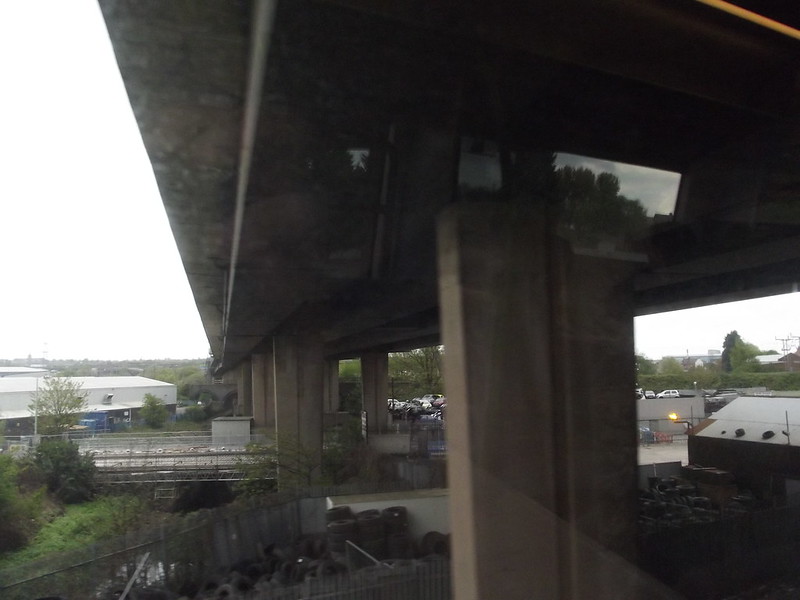Yes , they were there for that purpose. The sewage farm expanded from that in the map in c1886 . the area in c 1916 is shown below. I have written notes for the recently published Alan Godfrey map of the area for c1916 and below is the part for water and sewage in the area:
One of the most obvious features is Aston Reservoir. Despite being close to a canal junction, this was not built to supply the canals with water but to supply Birmingham with drinking water. The Birmingham waterworks Company was established in 1826 to supply clean water to the inhabitants of Birmingham, Aston, Duddeston, Nechells & Edgbaston. Before then rivers, streams and boreholes giving water of dubious quality had been used. The Company built the main Aston Reservoir, which was originally supposed to be supplied with water from the Tame and Hawthorne Brook, though the Brook was never used. It can be seen that the Tame ran round the top of the reservoir, while Hawthorne Brook is the small stream coming down which meets the railway as it crosses the canal by the Aston Wells Pumping Station. The small reservoirs and filter beds below were constructed later. However, although the company did supply a large number of people, it was not until 1853 that a constant supply was available throughout the area, and in 1868 there were still 150,000 relying on wells for their water. This was used as an argument by Joseph Chamberlain for the municipalization of the water supply, leading to the Birmingham Corporation taking over the water company from 1st January 1876, although work had already started to increase the available supply. There followed a rapid expansion of the works and the Birmingham Mail declared in 1889 that if it had not occurred, then the horticulturalists of Edgbaston would have had to "moisten their lawns with beer". The expansion, begun in 1873, involved further reservoirs at Witton Lakes and Perry Barr, with a connecting main running along the Tame Valley canal to the north west from Salford/ Aston one on this map. The Aston reservoir was still being used for water supply in 1916, but after WW1 was used as a boating lake, and is now at the centre of Salford Park.
To the south west of the reservoir is a large area marked as sewage farm. Up until the mid 19th century human waste in Birmingham was normally disposed of in one of two ways, either by direct dumping into a convenient river (the Rea or the Tame), or, if there was no such convenient depositing ground, collection by night soil men, followed by spreading on farmer's fields in the countryside. However by the 1850s the volume the city produced had increased considerably, and, after floods in the Digbeth area caused by sewage blocking weirs on the Rea, the city surveyor, Pigott-Smith designed a piped system which took the waste from all connected properties to Saltley sewage works. In 1860 it was made compulsory for all new buildings to be connected to the system, though this still left 20,000 properties unconnected.
At Saltley the effluent was allowed to settle and liquid discharged into the river. The solid was spread, allowed to dry, and used as fertiliser. But this, together with the discharged effluent, still gave rise to considerable odours. One man in particular objected strongly to them. C.B.Adderley (later Lord Norton) was MP for North Staffordshire for 37 years, donated Adderley Park and library to the city and, amongst other good works, was responsible for the development of good housing in Saltley. He also owned Hams Hall, a country house upwind of the Tame, and his protestations had been partly responsible for efforts to improve sewage disposal. He continued to complain, together with property owners of Gravelly Hill overlooking the works. After court cases and injunctions the Corporation, under the influence of Joseph Chamberlain, hurriedly cleaned up the Saltley works, introducing full filtration with chemical treatment, followed by draining of remaining liquid over land purchased from Adderley, through canals, followed by discharge into the Tame. The resulting farms produced some good crops. From 1894 bacterial treatment was used to further pre-clean the sewage. This all caused the area of the works to rise from 260 acres in 1877, much on this map, to 1792 acres in 1895 and over 2000 acres after 1900.

















